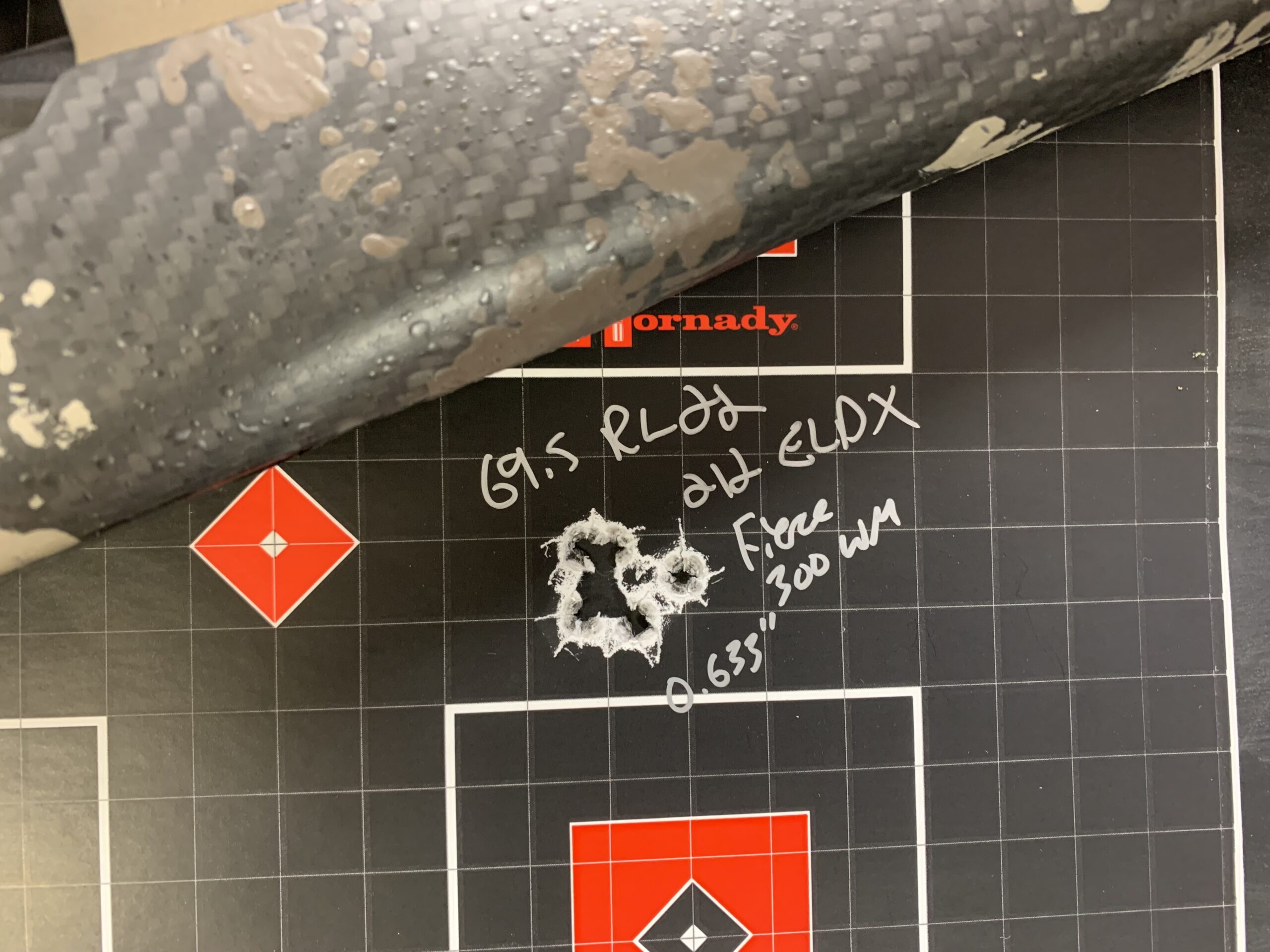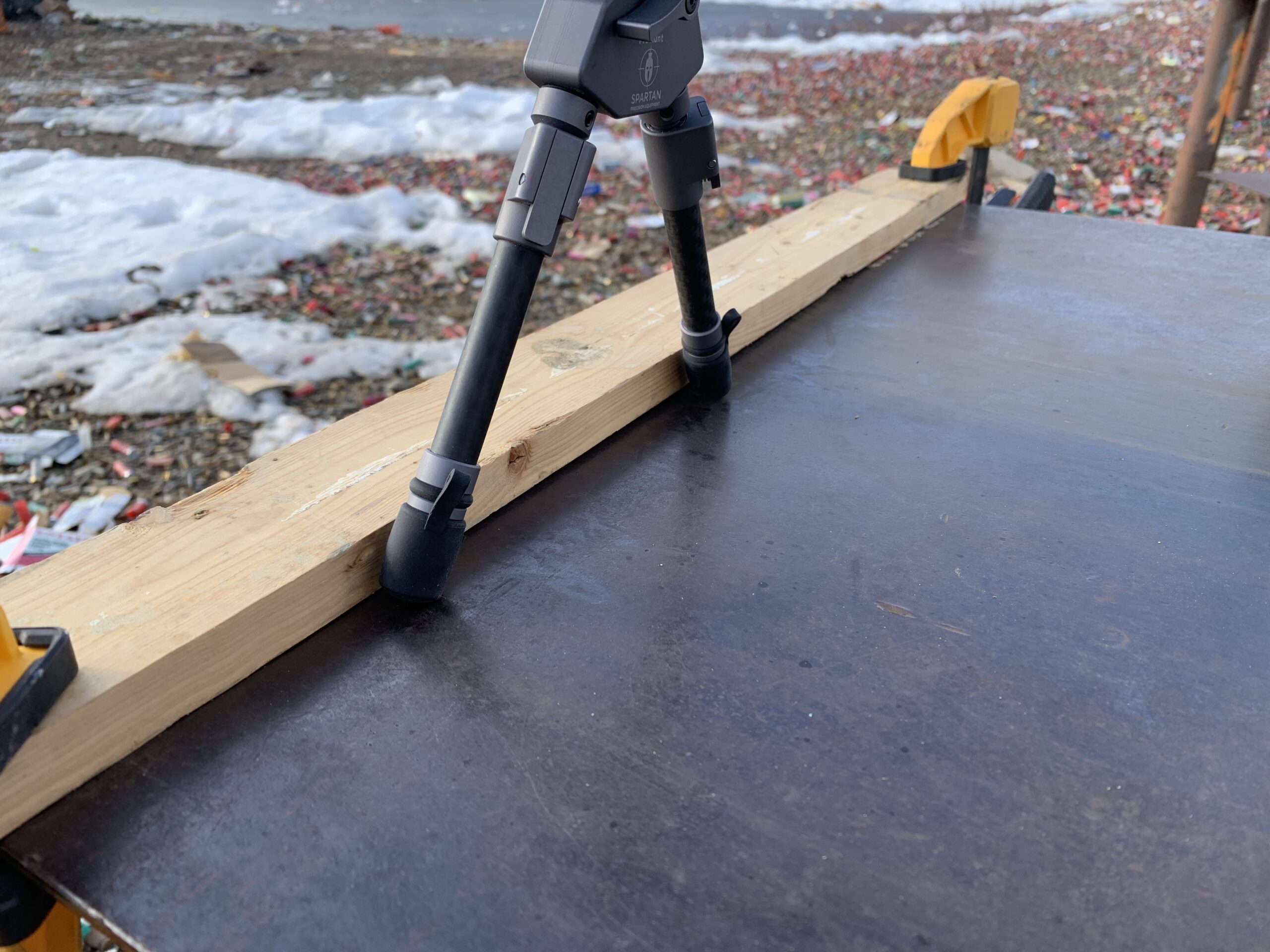How To Shoot Better Rifle Groups (and Why Good Groups Matter)
We may earn revenue from the products on this site and participate in affiliate programs. Learn more ›
Shooting a group with a rifle is a fundamental process that is often underestimated and underestimated. Most hunters shoot in multiple groups to check their rifle's accuracy and then rate it as good. Or film a few more groups during the registration process to make sure everything is put together. But filming quality bands and their constant work is more than that. Shooting in a group lays the foundation for knowing your gun and being able to shoot safely. It allows for perfect groups of shots to be aimed, and this increased accuracy extends over long distances as well.
On the simplest shooting range - ideally without human intervention - they tell us exactly how accurate the rifle is and show the average point of impact. A group shot is a series of shots fired from the same position at the same target. Some shooters fire in groups of 3 shots, but for accuracy we recommend 5 shot groups in the Outdoor Life reviews.
At a recent outdoor firearms test, our team fired about 400 rounds in the field with the new rifles, and it reminded me how difficult it is to eliminate the human factor in group shooting. It takes practice, repetition, and attention to detail. Minimizing this error will help you in all aspects of shooting with all your guns.

Which shooting groups can tell you about your equipment?
Groups of shots are a unique criterion for determining the accuracy of a firearm. With precision we describe how accurately a firearm can print a series of hits on paper. You'll hear guns described as 1-inch or half-inch guns, but that means you can still fire at groups measuring that distance or less by measuring the widest point and then the diameter of the withdraw ball. Shooting groups can help you determine your gun's accuracy, help with ammo selection, and tell you how your gun behaves when it gets hot or dirty.
Weapon combinations and absolute sniper team combinations vary somewhat, but fade over time. Just because a gun prints a half-inch group or two doesn't mean it's a half-inch gun. You can have one or two strong bands, then eight or nine very moderate bands. The average of several groups gives a better idea of the true accuracy of this rifle. For general purposes, an average group size of five or ten people is a good idea.
Ammo is a big part of your gun's accuracy, and each barrel has its own unique abilities. Shooting with different ammunition in a group over time will allow you to choose the most accurate shots. If you also want to start manual loading, it is an important part of cargo development. Developing an accurate load is impossible if you cannot shoot high-quality groups. Having confidence in your group fire will make you more effective and you will know when flying and random shots are not your fault but part of weapon and ammo accuracy.
Many hunters don't need to think about how well their rifle will hold point of impact when the barrel is hot or whether it will fire better when hitting a target, but it can be useful. Long shots from a real gun can tell you a lot about how accurate your gun is or that something will go wrong if it gets too hot or dirty.
Group shooting isn't as easy as it looks
Shooting groups with a fully supported rifle from the bench or belly should be easy, right? Not really. Of course, it's easier to shoot from a funded recreation area than from a farm, but truly eliminating or even drastically reducing the human reason for group shooting isn't as easy as it might seem.
With most shotguns, it is very difficult for the average shooter to consistently smash enough bullets to hold 5 groups of shots under an inch - even from a sandbag. This can be difficult with lighter weapons, weaker triggers, or non-ideal positioning or optics. Any false physical impact on the device or instability in position will appear as an anomaly on paper over time.
This requires consistent group shooting practice and close attention to the basics of shooting. Many hunters who can't find a load that shoots well or are unhappy with their rifle's accuracy simply have a flaw in their technique (this has certainly happened to me). The difference between extreme precision and lukewarm mediocrity is often obscured by the scourge of human error. It can be incredibly frustrating and cause you to lose confidence in the gear and waste time researching different loads and finding the best one.

Easy ways to get better in shooting groups
We cannot completely eliminate human error and data entry, but we can reduce it. Most of us don't need to be competitive benchers - we just need a few tools to help us improve. Here's how to get started mapping large groups.
Check the white space
In group shooting, all the important factors are important for an accurate shot. Things like breathing, posture and trigger control are crucial. Most of these factors can be easily damaged if we are not careful. Therefore, prepare a small dry fire in front of each group. This can tell you a lot about your stance and your trigger.
When you're ready to shoot, build up your position and find a reliable natural target. This means that if you are standing up straight and your weapon has been put back, it should be pointed straight at the target and you should be completely relaxed. If you have to push the gun down to get it on target, you'll have to adjust your stance. If the position is strong, dry fire at the target.
Pay attention to the crosshairs. If your hair "jumps" when you pull the trigger, apply pressure to the tool so it starts to move when the trigger breaks. It could just be a slight tension in the neck or too much tension in the grip. Work on your shot and stay steady until the reticle stops moving when dry firing.
Load your bags or bipods
Although sandbags on the bench support the front and rear of your weapon, it can be difficult to stabilize your weapon. The weapon is still very sensitive to shock and movement when resting on sandbags or a bipod. Try angling your rifle back and forth so the hair rests on the target. Look at the bezel and watch the movement as you pull the trigger without touching other parts of the device.
You've probably heard the term "bipod mount" before, which means bending over the stock of your rifle to put pressure on the bipod and create a stronger connection between you, the rifle, and the rest of the deck. This constant pressure locks items in place and reduces other effects on the weapon. You can do this with sandbags.
Setting up a bipod on a bench is often not easy, and many shooters find sandbags to be a more stable place to bench because their weight allows them to exert more pressure than a bipod, which can slip. If you could find a way to create a floor that charges it would be very helpful. In my setup, I simply attach a small board to the front of the bench and attach a bipod and sandbag rest to it for maximum stability. On land, some bipeds dig deep into the ground with large, pointed feet.

Don't ruin the place
When shooting in a group, maintain your position and rotate the cheek with the stick throughout the series of shots. Many shooters shoot, break position, load another shot, reposition, and shoot again. If you hold your position for the entire group, you'll almost always be shooting into a more even group.
Even small changes in your position from train to train can result in small errors that can increase your average group size over time. A small difference in gun position and pressure can easily result in a noticeable change of a quarter or a half inch in the area of impact, and if you keep repeating this mistake you may find yourself struggling to get to within an inch on one aim to shoot properly. tuning pistol. Capable
Use the correct target size
A higher magnification optic will certainly help to photograph better groups, but you can also photograph good groups with a lower magnification optic. Many hunters use a 6x or 9x magnifier, and that's perfectly normal. Your orientation or movement in the reticle does not change between low and high magnification, but at low magnification or a small spot with a dense reticle it can be difficult to aim accurately.
Every shooter has a preference for the type of target they want to shoot. However, if you are using low-magnification optics, choose a target with a high POI. You need something that you can easily identify, manage, and keep consistent. Having a thick reed can result in more misalignment than aiming at a larger target that has a half or an inch diameter dot at 100 yards. For low zoom scopes, I prefer black, square targets with a white center - big enough that I can center the reticle completely and see the white dots on all sides.
Carry a control weapon with you when shooting in groups
Group shooting is fun when things are going well, but what if your gun isn't shooting as well as you'd like or expect? Sometimes large, chaotic groups can have tools that push and overwhelm you—and ultimately destroy your confidence. Bad groups make you guess your moves.
When other weapons don't work, it's useful to take a weapon to a familiar distance to test yourself. If your new gun doesn't shoot well, look for common things like scope rings and breech bolts, but lower the gun a bit and shoot a few groups with a control weapon. If you shoot smoke immediately when switching weapons, you know it has something to do with that weapon or load and not with you as a sniper. If you're still recording bad bands that don't fit your character, it's time to rethink your stance and your fundamentals.
During our gun testing in 2022, I found several guns that didn't shoot the way I thought they would, no matter what ammo I tried. Verifying our accuracy was boring, so it was only natural to wonder who was to blame, me or the gun. Using a gun like the Accuracy International AT-X or Seekins Havak HIT gave me the confidence I needed to show that my shot wasn't just mine.



0 Comments:
Post a Comment
Subscribe to Post Comments [Atom]
<< Home